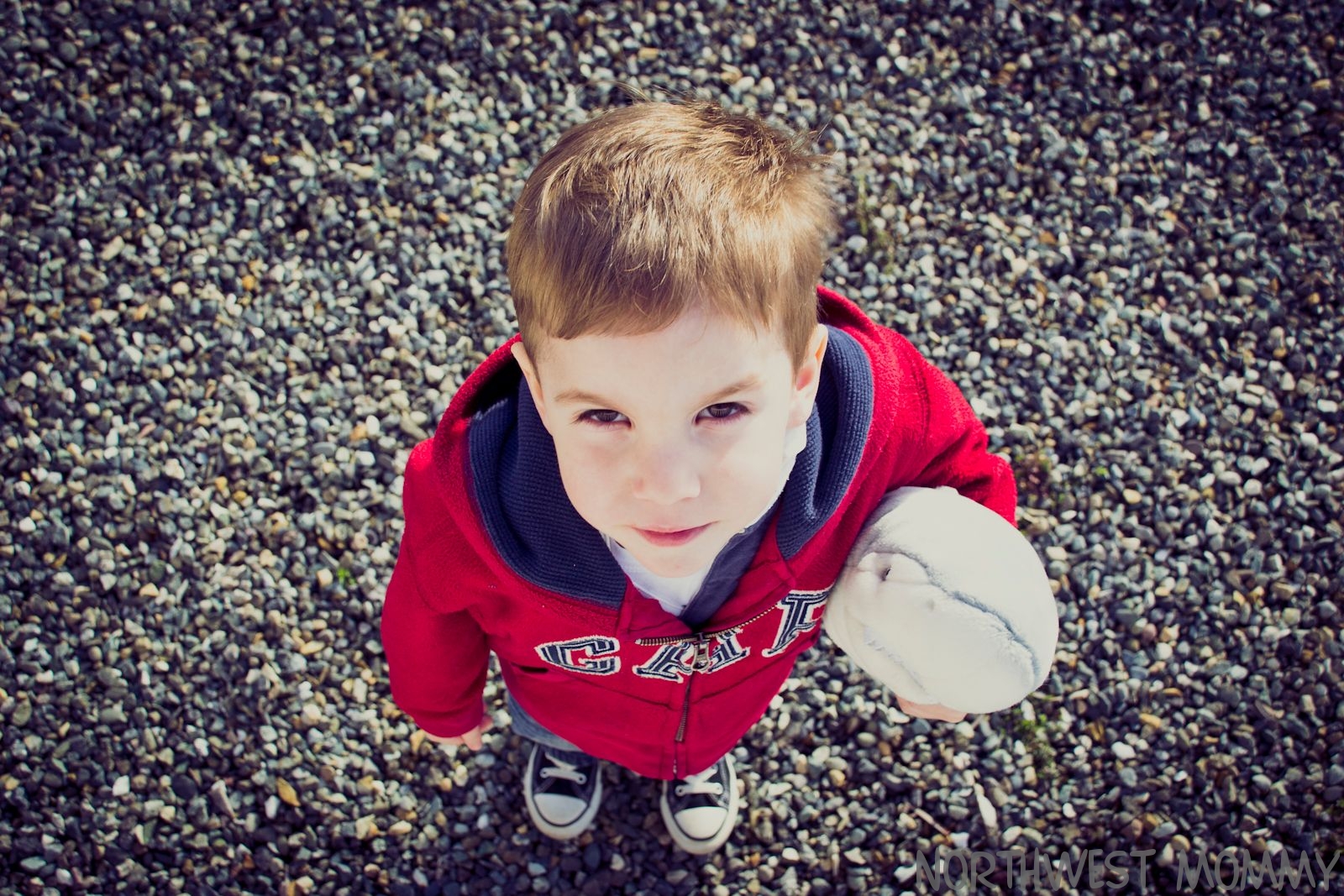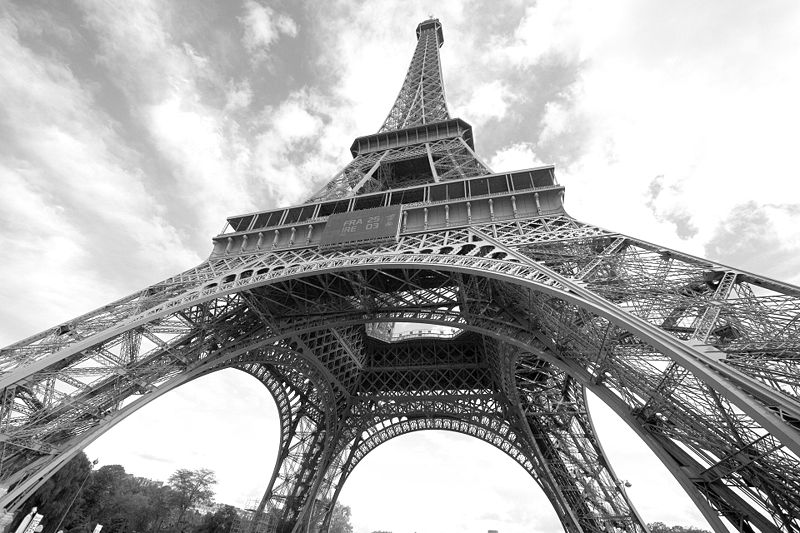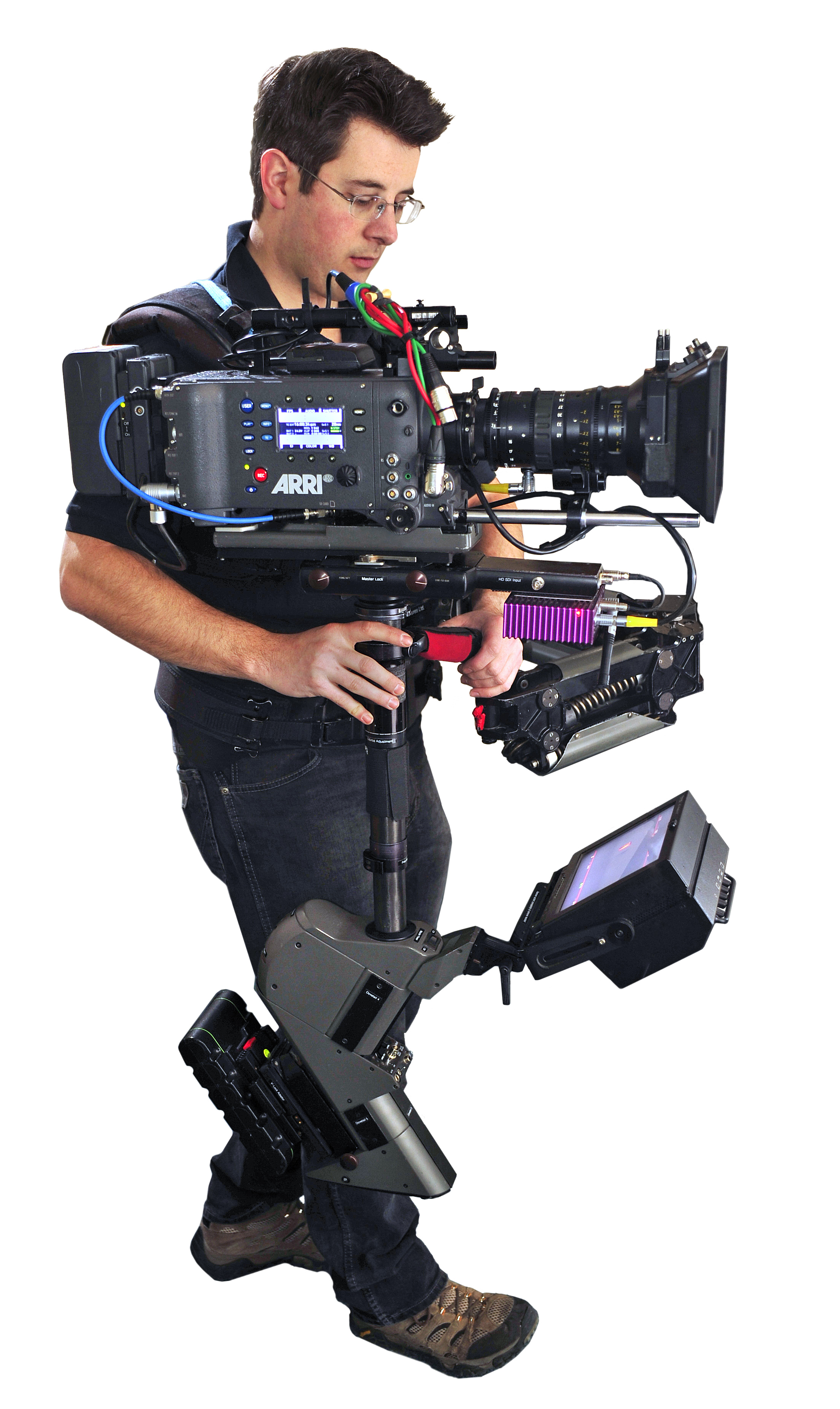TV
Drama – Waterloo Road – Age
In this essay I will be talking about camera,
sound, editing and mise-en-scene and how age is presented in this clip.
There is a range of camera angles in this scene,
as when the scene starts there is a view of the teacher’s feet coming towards
the students, as it looks like they have done something wrong. There is a close
up of the students placing the camera inside the box to act like it wasn’t them
that had broken the camera. In the scene there have including a behind the
shoulder but you are able to see both students and the teacher telling the
students off because they have done something wrong and he wants to discover
what has happened, by including an over the shoulder shot it makes the scene
more affective because it grabs the audience attention towards what is
happening and it also gives and there is also an aerial shot because it is
showing the audience where this scene is being set. There is also a long shot
of a other teacher coming their way because the students have done something
incorrect. Also there is a mid shot where the care taker is taking to a student
about their being a broken window, when the student is taking there is a pan
because the camera moves from left to right as it is showing both protagonist
faces. When we get to 1minute 52seconds there is a section where there is a
long shot but then turns into a zoom which zooms in, to the students talking,
this gives the scene a dramatic affect because we do not know what is going to
happen and makes the audience what will happen.
The way age has been presented is that during
the scenes there is a range of ages that have been presented in these scenes
which means that there is a range of ages being presented in this scene, which
also presents that as it is set in a school it signifies that there is going to
be a range of ages. By having a range of ages it gives the filming a different
type of affect because it grabs their attention and that it is based on a range
of ages. Also the type of ages that would watch this programme is between the
ages of 13 to 26 because this is the type of drama that could happen in school
and they could find these types of series interesting and realise that there is
a range of things that can actually happen in a school. It is just not a
specific ageing which represents that this type of series is for many ages and
it will grab all of the genders.
There has been a range of editing because there
is a range of jump cut because it cuts to one scene and then returns to
another, which represents that there is a range of things happening in school
and they are trying to grab the audience attention and keep them interested in
watching the series. There is a cross cutting which cuts from one scene to
another and back to the scene which shows the audience to different sides of
the school and different places and locations. Also there is a section where there
have cutaways there is a section it also grabs tension towards the scene and
makes the audience wonder what is actually happening and makes them think.
The sound that has been included in the video is
very affective because the scene more effective as it is based in a school. By having
students talking in the background it shows that there are many more people in
the school and makes the scene more interesting and grabs the audience
attention. The actors have words to say which
makes the audience more interested and keeps their attention as they want to
know what is going to happen in the rest of the scene so by having a range of
sound and a range of conversation it makes the scene more eye catchy and make
them think. There is also diegetic sound because when the students were talking
you could hear that other conversations in the background, which means that
there isn’t just one conversation happening, instead there is a range.
The props that were including are the types of
things that you would have in a school, they had used a classroom, with
students learning and doing an assessment or work, there had been many more props
that have been included in the scene, but by including a range of props
represents that there is a range of scenes and a range props. Also I think that
by including a range of props it makes the series more interesting and grabs
the protagonist attention. The lighting
that had been including the scene makes the scene more interesting and more
intense as you never know what will happen and by the way that the lighting has
been presented gives an effect to the actors. Also each character has a
different appearance as there are bad students and good students which represent
it that there is something that happens in real life. By having a mixture of
students it gives the programme tension because you will never know that will
happen in the school. You will never know if it will be a good day in school or
a bad day. Each character has a
different facial expression this links to the appearance of the character,
which implies that by each character having a different facial expression represents
that you will never know what the character will come out to be, as you see in
the scene “where there is a new couple recently, she doesn’t seem very happy
and is hiding something and he seems all happy and has never been as happy”. The costume
they have is; a tie, shirt and skirt or trousers and shoes, this demonstrates
that the school has a theme and they know who goes to the school and they are
looking after their security and if they didn’t have their uniform they would
have known, it also makes the school more smart and has a different affect
towards the school. The teachers have to wear smart clothes to show the student
that by having a good representation is good and gets you further in place. There
make-up and hair there is a range of hairstyles and make-up styles.

















